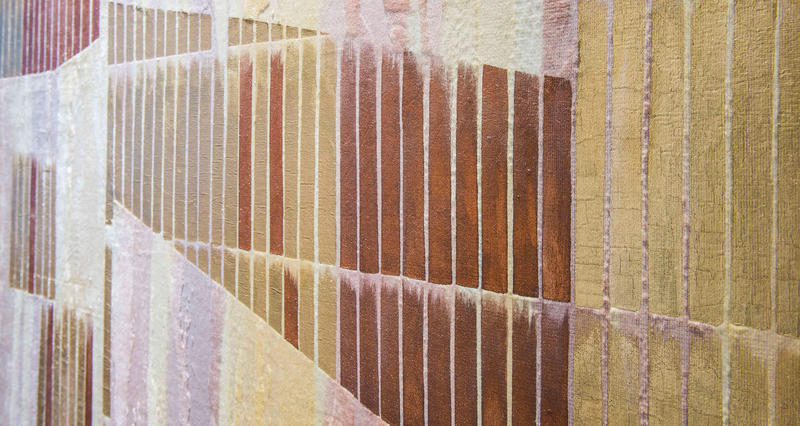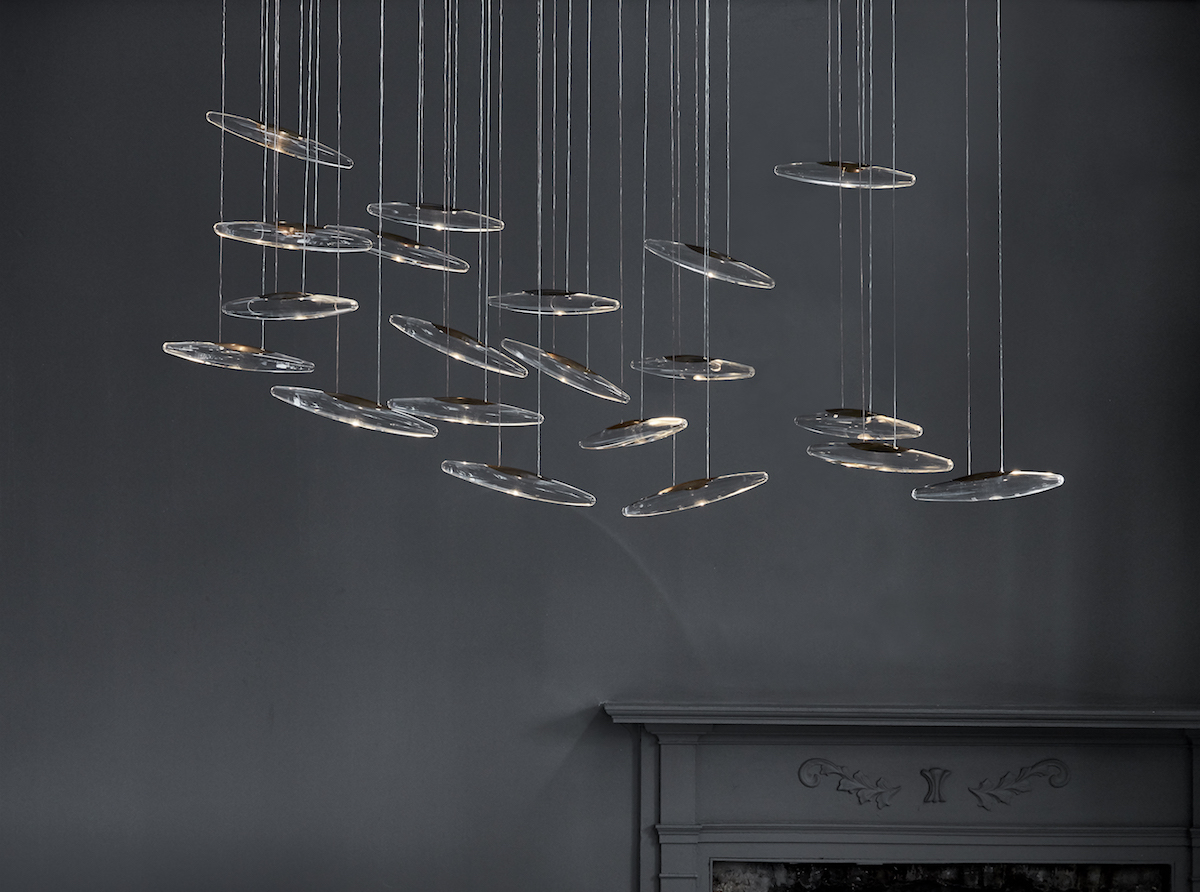

9 MATCHES MADE IN MILAN
These brands aren’t aiming to sell, but to seduce. Partnering with the hottest design talent is one of their no-fail tricks to creating a collection engineered to perfection.
- 1. LUCA NICHETTO AND MORE + HEM
- 2. JOSÉ A. GANDÍA-BLASCO + DIABLA
- 3. PATRICIA URQUIOLA AND MORE + COEDITION
- 4. VINCENT VAN DUYSEN + DADA
- 5. NATHALIE DU PASQUIER + BITOSSI
- 6. OBJECTS OF COMMON INTEREST + MATTER MADE
- 7. INDIA MAHDAVI + BISAZZA BAGNO
- 8. PAOLO PININFARINA AND MORE + SNAIDERO
- 9. JULIA DOZSA + COLÉ DESIGN LABEL

1 Hem boasts bold-name partnerships with the likes of Max Lamb, Luca Nichetto, Nendo, Philippe Malouin and GamFratesi. This season, the Swedish brand is teaming up with Norwegian designers Anderssen & Voll on the Kumo, a shipping-friendly modular sofa that seats from one to four people. Also on view is the Dolina, a chair crafted with design studio Lucidi Pevere; Nichetto’s Floor Lamp version of his Alphabeta light series; and a new textile collection by Milan fashion designer Arthur Arbesser. (Via Statuto, 8)

2 Wear-and-tear prevention never looked so chic. José A. Gandía-Blasco’s Lipstick lounge chair and table are crafted colorfully in 100 percent recyclable plastic for the new outdoor brand Diabla, an offshoot of the nearly 80-year-old Spanish Gandiablasco design house. (Salone del Mobile, Hall 20, Stand B01-C06)

3 How’s this for a name-check? Patricia Urquiola, Patrick Jouin, Michael Anastassiades, Aki and Arnaud Cooren, Marco Zanuso Jr., Alain Moatti, Rodolfo Dordoni, Shin Azumi, Victoria Wilmotte and Olivier Gagnère are all designing for French furniture house Coedition’s expanded collections. One to watch is Urquiola’s Altay armchair, which is being reimagined this Salone in fabric. (Salone del Mobile, Hall 16, Stand E36)

4 Belgian designer and modular kitchen mastermind Vincent Van Duysen unveils Ratio, a system for Molteni&C’s Dada brand, replete with snack counters, central islands and integrated washing and cooking areas. Also new from Molteni&C is an expansion of Ron Gilad’s Teorema design, a rotating, geometric chest of drawers rendered in canaletto walnut or eucalyptus. (Salone del Mobile, EuroCucina, Hall 11)

5 Seven abstract totems debut from designer Nathalie Du Pasquier in collaboration with ancient (well, by American standards) ceramics producer Bitossi, a Florence-based brand that uses techniques dating to the 1500s. Designed for an exhibit at Camden Arts Centre in London, the ceramic pieces are also stunning evidence of the hundred-plus-year-old company’s rebranding at the hands of art director Christoph Radl. Bitossi will also show a collection designed by the Amsterdam-based Italian design duo Formafantasma. (Salone del Mobile, PAD16, Stand C40)

6 Objects of Common Interest, the New York– and Greece-based design studio that masterminds objects of art and still life installations, is partnering with Matter Made on a new series from its Relativity of Color collection (Via Pietro Maroncelli, 7). The firm also collaborated with Bloc Studios, which debuts three new marble collections—one by Objects of Common Interest, as well as others by Valentina Cameranesi and Nick Ross (Alcova, Via Popoli Uniti, 11/13).

7 A new bathroom concept by India Mahdavi for Bisazza Bagno is the second of the duo's, and it features the Plouf bathtub, Splash sink, and Wow mirror—brightly colored pieces that the architect-designer says "seem to pop out of a comic book." Available in blueberry, strawberry, and pistachio hues, the line is presented against a pinstripe mosaic backdrop. (Via Senato, 2)

8 High-end kitchen cabinet company Snaidero is debuting five different pieces with five different partners: a new kitchen model from Michele Marcon; a design by Paolo Pininfarina; an inaugural kitchen design partnership with designers Alessandro Andreucci and Christian Hoisl; a new iteration of the popular Frame cabinetry collection by Iosa Ghini; and Way Materia, a damage-resistant and antibacterial ceramic finish. (Salone del Mobile, EuroCucina, Hall 11)

9 Dutch designer Julia Dozsa’s Screen Kazimir, created for young Italian brand Colé Design Label, is equal parts work of art and thoughtful tribute. Influenced by, and dedicated to, the Russian avant-garde painter Kazimir Malevich, the metal screen is crafted from elasticated jersey fabric and available in a variety of colors and patterns. (Colé Italian Design Label, Via Olmetto, 1)



































